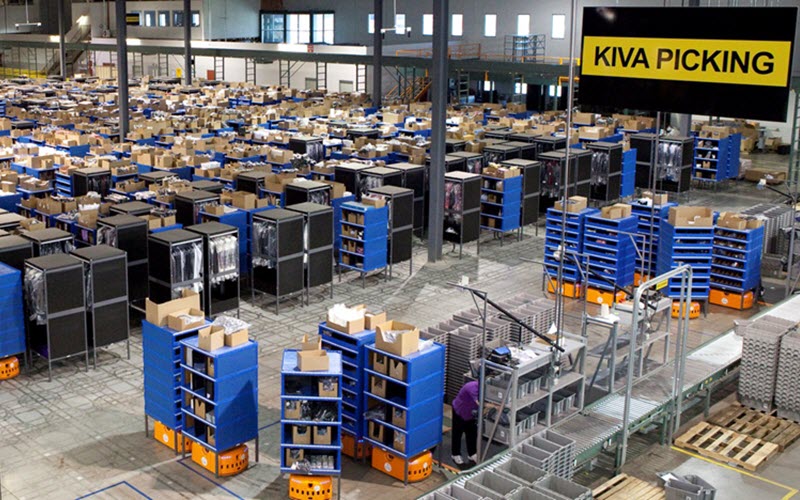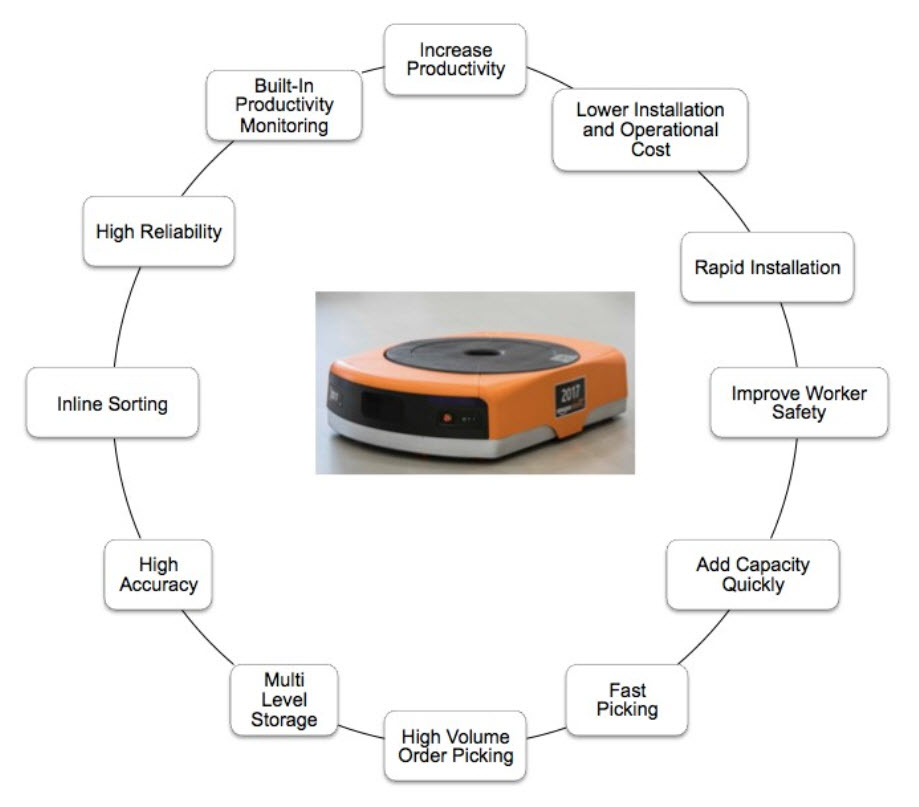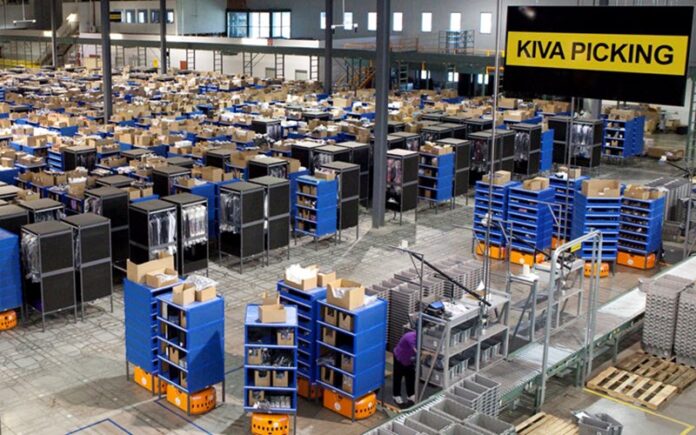Supply chains are increasingly complex in this globalized world. Connecting people, processes, data and products is incredibly difficult, which is why the Internet of Things (LOT) is tipped to cause a big bang in how supply chains operate.
We have long anticipated the introduction of robotics into the supply chain. We have predicted the potential of such technology to help businesses keep pace with distribution challenges and consumer demand for convenience and variety. However, while robotics technology has now arrived in many sectors of life, it is yet to truly revolutionise the logistics environment. Warehouse robots are nothing new, Amazon is really into them, for instance, but the burly Freight 500 and Freight 1500 machines represent a significant step for this emerging technology. With the advent of these heavyweight machines, the job of forklift operator may be next one on the robotic chopping block.

Table of Contents
Emergence of the Autonomous Mobile Robotics
Delivery of loads weighing up to 100kg, 500kg, or 1500kg respectively. The square, squat, 14-inch-tall bots range from two by two feet to four by four feet and look similar to warehouse robotics products from Amazon Robotics or Clearpath Robotics Inc. Fetch says its robots fill a different niche than comparable platforms because they can work alongside humans and can use an array of sensors to collect data as well as handle inventory.

An inside look at the robotics 1500. The vehicle features eight wheels in total, with four caster type wheels on each corner, a support wheel at the mid-body on each side and two drive wheels near the centre. The robotic 1500 is powered by two coordinated servomotors and uses two LIDAR laser scanners to build a global reference map and move throughout the industrial space.
How Robots are Optimising Warehouse Operations
Warehouse automation is only possible because of the spread of sensor technology, with ultrasonic and visual sensors used to guide the robots. Systems such as KIVA are relatively simple when it comes to environment-sensing. The robots follow a set of defined pathways, using waymarks from labels on the ground. As humans are excluded from this part of the warehouse, there is a lower risk of injuries. Other systems use ultrasonic sensors such as those in automotive parking. A significant sensor technology for use indoors is LiDAR, which is a combination of light and radar. These sensors generate a three-dimensional image of an object using reflections from laser rays, and can be used to navigate and avoid obstacles.


How does a Kiva Robotic System function?
Traditionally, goods were moved around the warehouse centre using conveyors or by human operated tow racks or forklifts.
Whereas in Kiva System, goods are kept on a portable storage units.
1. When an order arrives, these battery-powered robots are guided by computerized control system to fetch the order.
2. These robots are guided by the 2D bar codes on the floor to navigate their way to mobile shelves containing the desired inventory.
3. When this drive reaches the desired location it places itself beneath a pod and lifts it from the ground and moves.
4. Then it is again guided to human packer who takes care of the next process.
Key Benefits of Deploying Robots
Increased Order-to-Delivery Times – The concept of real-time order fulfillment as soon as an order is received is becoming reality. Robots will facilitate the transportation of orders to a facility, to a picking robot, to the pallet, to packaging and dimensional pricing, to the loading dock, and to the shipping container. This is even more realistic when you consider how many engineering and software giants are pushing toward autonomous vehicles and the ideal of drone delivery.
Reduced Errors and Need For Reverse Logistics – The ability of robots to log huge sums of data and review this data for errors with pinpoint accuracy will lead to an unparalleled reduction in errors. As a result, the need for reverse logistics processes that revolve around inaccurate order fulfillment will decrease.
Greater Preventative Maintenance Measures – Although robots do not require food or water, they do require maintenance. The increased use of warehouse robots and threw out the logistics process will demand a greater presence of engineers and specialist to perform preventive maintenance, powered by the Internet of Things, and make repairs with issues to arrive. Basically, the role of the human worker in the logistics industry is changing.
Reduced Burden on Workforce – As mentioned previously, the use of robots in the logistics industry will directly impact how much physical work is placed on human workers. While this may seem counterproductive to ethics and compassion, it opens the opportunity for workers to move to more insightful, fulfilling positions. For workers who are incapable of performing manual tasks, such as walking for an extended period of time, lifting products and objects of excess weight, or engaging in other forms of physical exertion, the use of robots will provide a way to increase the workforce by providing jobs to those who cannot work in a traditional logistics operation.
The full content is only visible to SIPMM members
Already a member? Please Login to continue reading.
References:
Ben Ames (2017) Fetch Robotics raises $25 million for warehouse robots
http://www.dcvelocity.com/articles/20171206-fetch-robotics-raises-25-million-for-warehouse-robots/ (accessed 12 Dec 2017)
Adam Robinson (2016) 7 Reasons Why 2016 is the Year of Warehouse Robots
https://www.eft.com/supply-chain/7-reasons-why-2016-year-warehouse-robots (accessed 12 Dec 2017)
Jessica Dineen (2015) Meet The Robot Armies That Are Transforming Amazon’s Warehouse https://www.cit.com/thought-leadership/kiva-systems-amazon-robots/ (accessed 12 Dec 2017)

